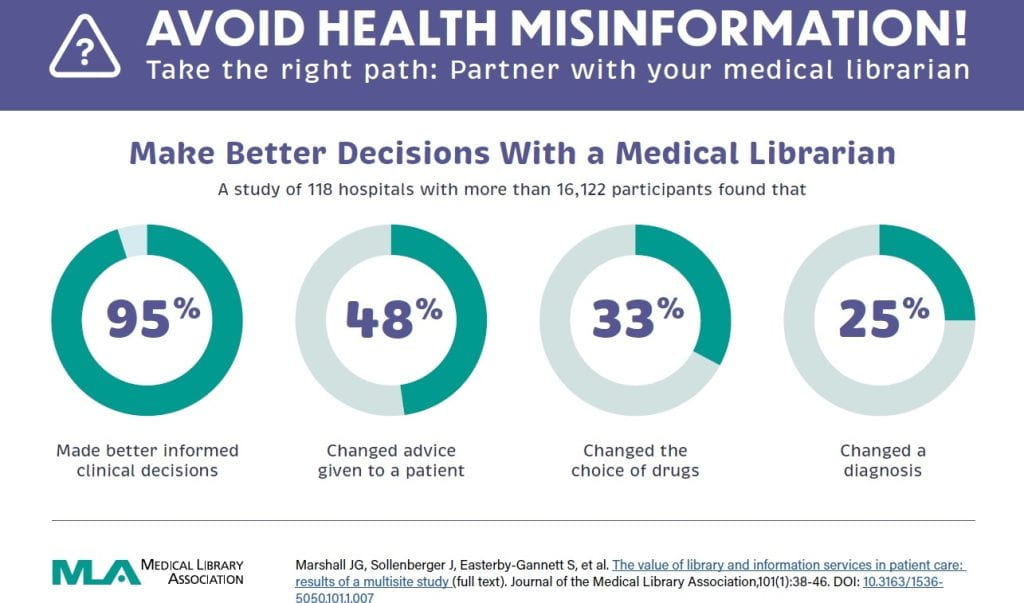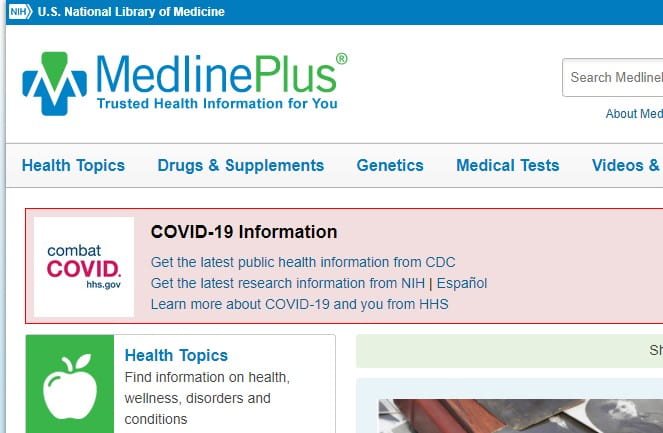
October is National Medical Librarians month. Started by the Medical Library Association in 2001, it is “an annual observance that recognizes and appreciates the critical role that health information professionals play in healthcare, research, and education.“
This year’s theme is Yes, We Do That! Librarians and library staff at Himmelfarb Health Sciences Library do everything from literature searching and systematic review service and consultation, to providing support for virtual anatomy and 3D printing. Here are some of the things Himmelfarb librarians and library staff did over the last academic year:
- Answered 2,188 reference questions through chat, email and at the Himmelfarb service desk, including 574 in-depth consultations for literature searches, systematic reviews, predatory journal consultations and for other reference and research support services.
- Taught 725 education sessions to 7,422 attendees.
- Ran 186 3D print jobs for users.
- Loaned over 3,800 books and other materials to users.
- Borrowed 372 consortium loan service books for users and provided over 1,500 articles, chapters, and books through interlibrary loan services to users.
- Purchased and processed 400+ new print books for Himmelfarb collections and 9 new anatomy models for the Bloedorn lab on the third floor - stop by and check them out!
- Licensed and activated 619 new ebooks for users.
- Provided service for 1.2 million links to full-text electronic resources.
- Added 2,307 records representing GW SMHS, GW School of Public Health, and GW School of Nursing scholarly output to the Health Sciences Research Commons (HSRC). 192,814 items were downloaded from HSRC by researchers at 7,704 institutions in 216 countries!
- Published 16 instructional videos to the Himmelfarb YouTube channel representing over 2 hours of original content, with high-quality closed captioning edited manually by library staff. Our new videos were viewed 465 times (13.27 total hours of watch time), out of 23,227 views (1,292 hours) for all content on our channel.
- Created 9 and maintained 341 Research Guides on topics including APA Citation format, library tutorials, guides to databases, and resource guides by subject. Research Guides had over 2 million page views by users at GW and beyond.
Himmelfarb library staff members are here to support your research, education, and clinical information needs. Reach out to us through our chat service (always staffed by a Himmelfarb librarian or reference specialist), email at himmelfarb@gwu.edu, phone at 202-994-2850, or stop by our service desk.




